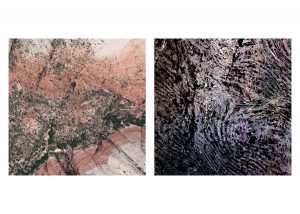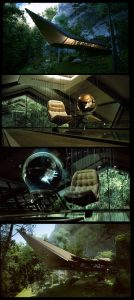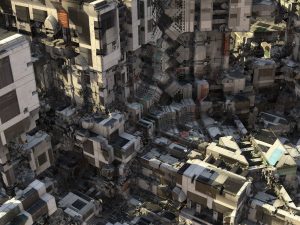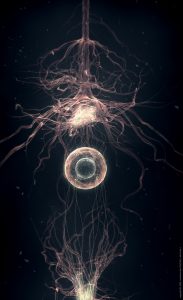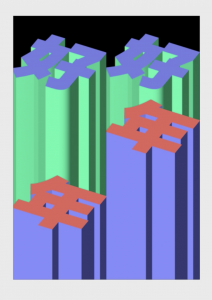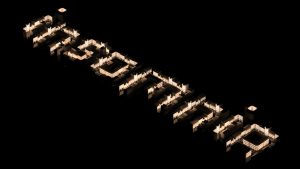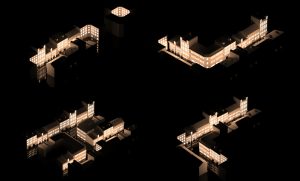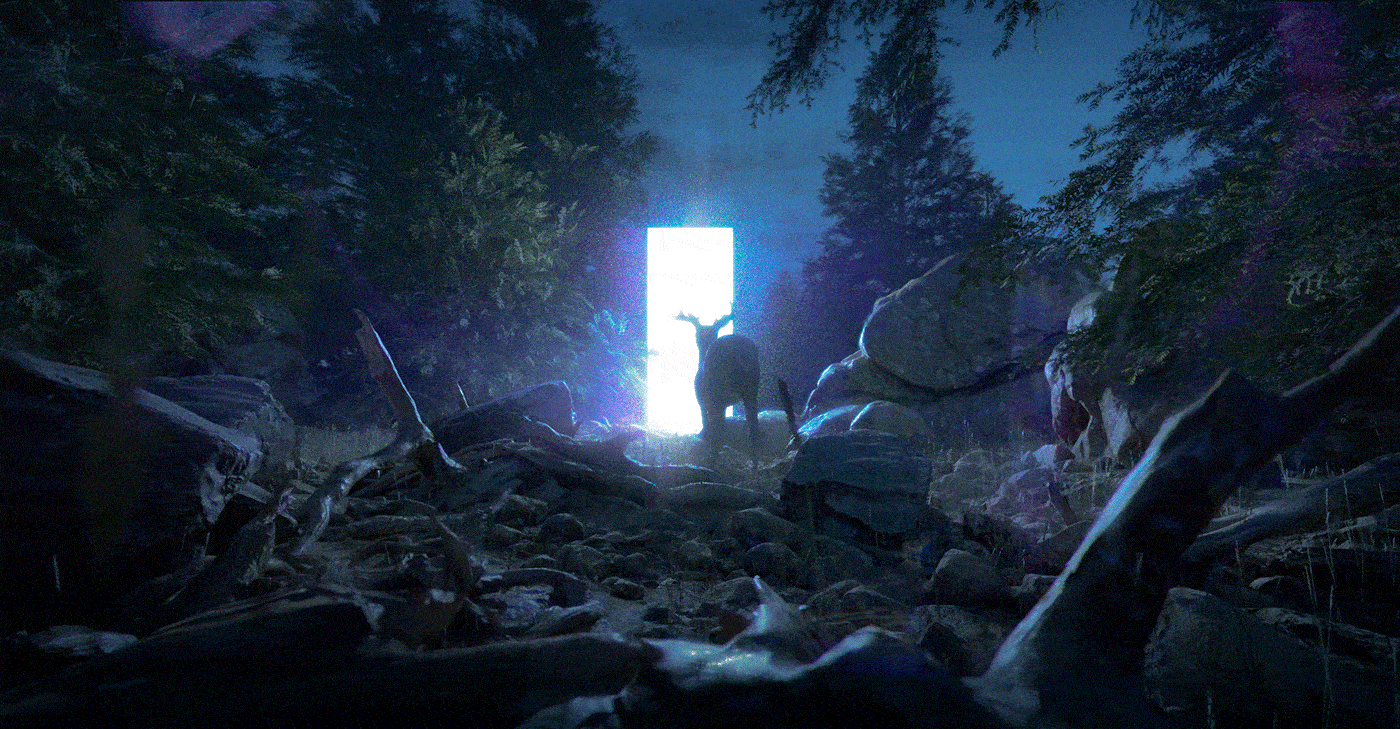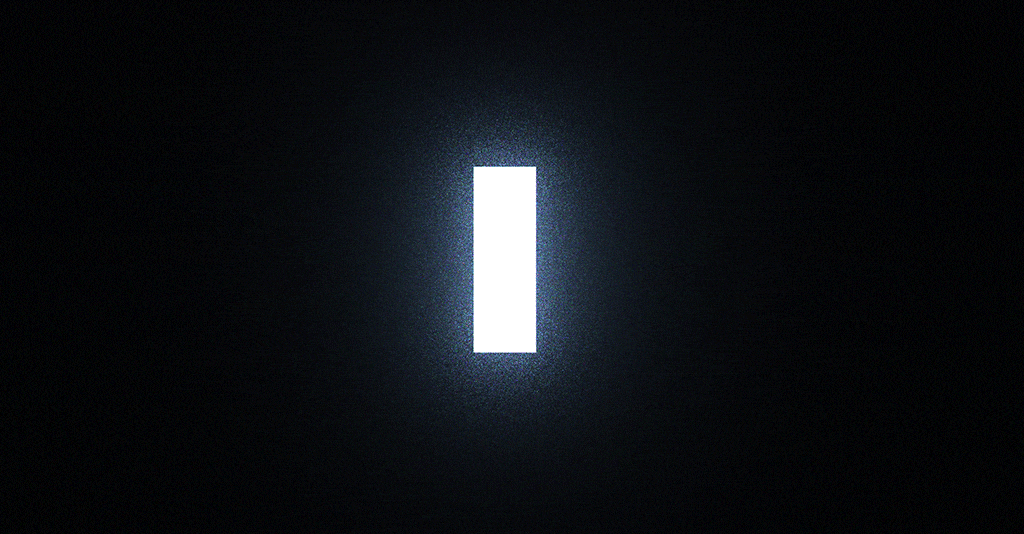Jonathan Zawada
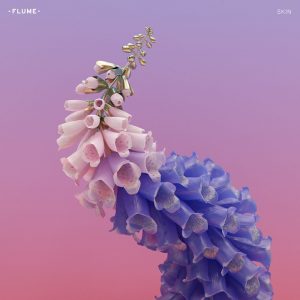
Jonathan Zawada is a graphic designer who is responsible for the cover artwork and graphics for Flume’s “Skin” album. He creates these moving 3D animations using algorithms.
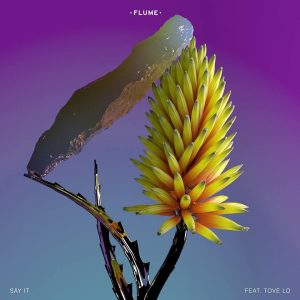
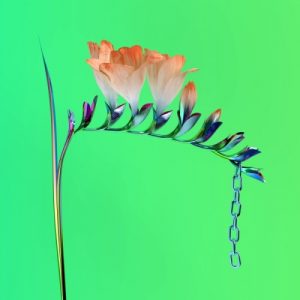

If you have not seen these incredibly amazing graphics, here is a video of what they can do:
Zawada in a short video explains his process of using little algorithms to create the appearance of each petal and the fractal growth factor that really makes this not just some nature advertisement.
The thing I found so cool about this project is how he states how easy it would be if he were just to paint these, but he feels that this is cheating.
“There is something real about plugging in the numbers and that feels real.”
Something about his process makes these look so real but so unimaginably complex and mesmerizing.
I can truly see the artist’s feelings and concept of reality manifesting in the artwork. It is interesting to take the flowers out of a musical context and relate to what is actually happening in the artist life.
![[OLD FALL 2017] 15-104 • Introduction to Computing for Creative Practice](../../../../wp-content/uploads/2020/08/stop-banner.png)


